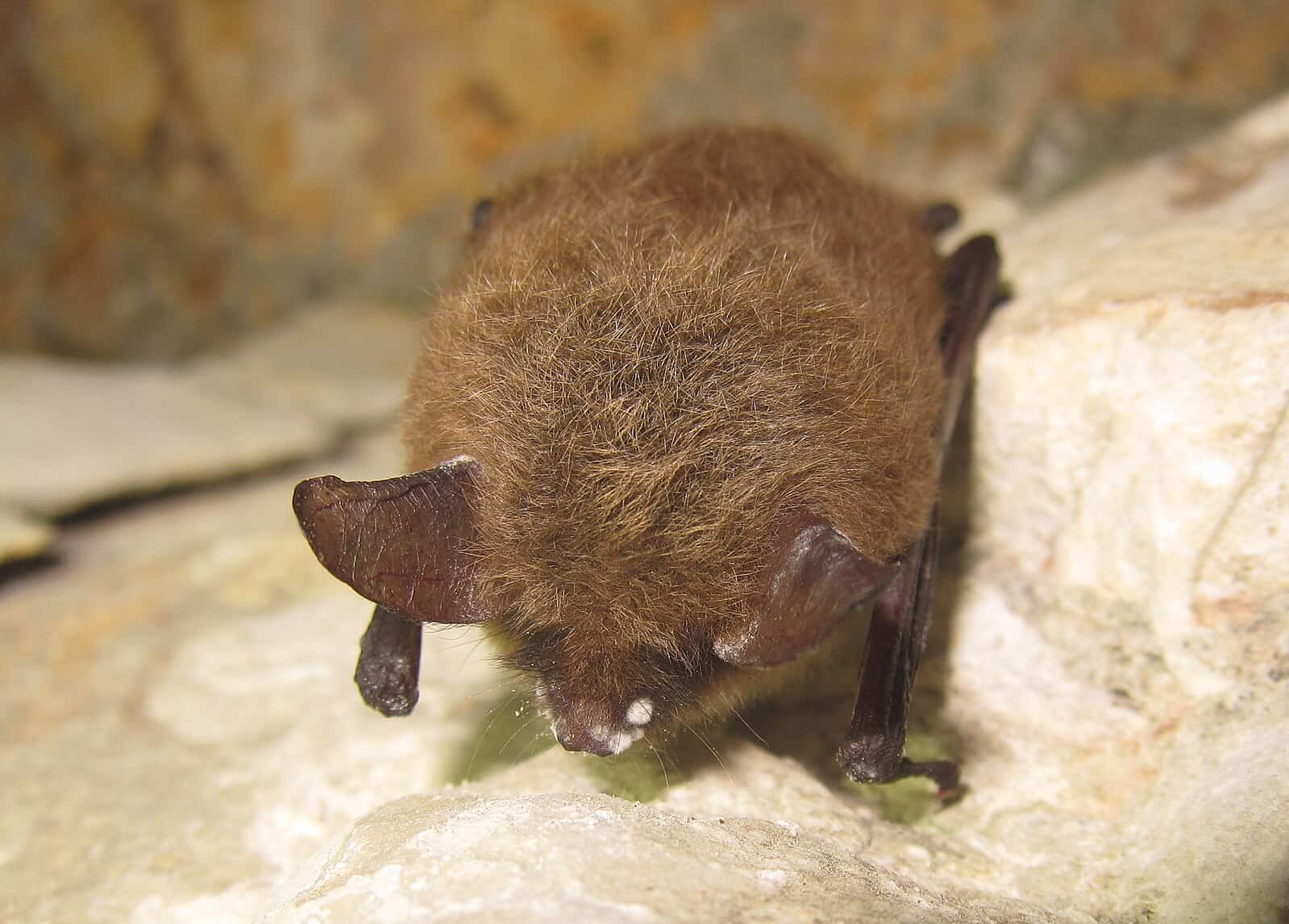Share this article
Northern long-eared bat reclassified as endangered under ESA
The U.S. Fish and Wildlife Service recently strengthened Endangered Species Act protections for the northern long-eared bat (Myotis septentrionalis), upgrading the species from a threatened to endangered status.
The species, which was orginaly designated as threatened in 2015, now faces an increased extinction risk due to white-nose syndrome.
“White-nose syndrome is decimating cave-dwelling bat species like the northern long-eared bat at unprecedented rates,” said U.S. Fish and Wildlife Service Director Martha Williams. “The Service is deeply committed to working with partners on a balanced approach that reduces the impacts of disease and protects the survivors to recover northern long-eared bat populations.”
Once infected, the fungal disease causes the species to wake early from hibernation and burn through fat stores, eventually leading to starvation and contributing to millions of bat deaths. White-nose syndrome has spread to almost 80% of the species’ range and is expected to reach 100% by the end of the decade.
The northern long-eared bat is found in 37 eastern and north-central states, along with Washington D.C. and much of Canada. They play a vital part in ecosystems no matter the location, providing natural insect control, plant pollination and seed dispersal, amounting to almost $3 billion for the U.S. agriculture economy every year.
With the change of status from threatened to endangered, the northern long-eared bat’s 4(d) rule will be nullified, removing prior federal flexibilities in managing activities that result in harming or killing of the species.
The final rule will go into effect on Jan. 30, 2023
Read TWS’ Standing Position on Threatened and Endangered Species in the U.S. and Position Statement on the U.S. Endangered Species Act
Header Image: A northern long-eared bat shows signs of white-nose syndrome. Credit: University of Illinois/Steve Taylor








